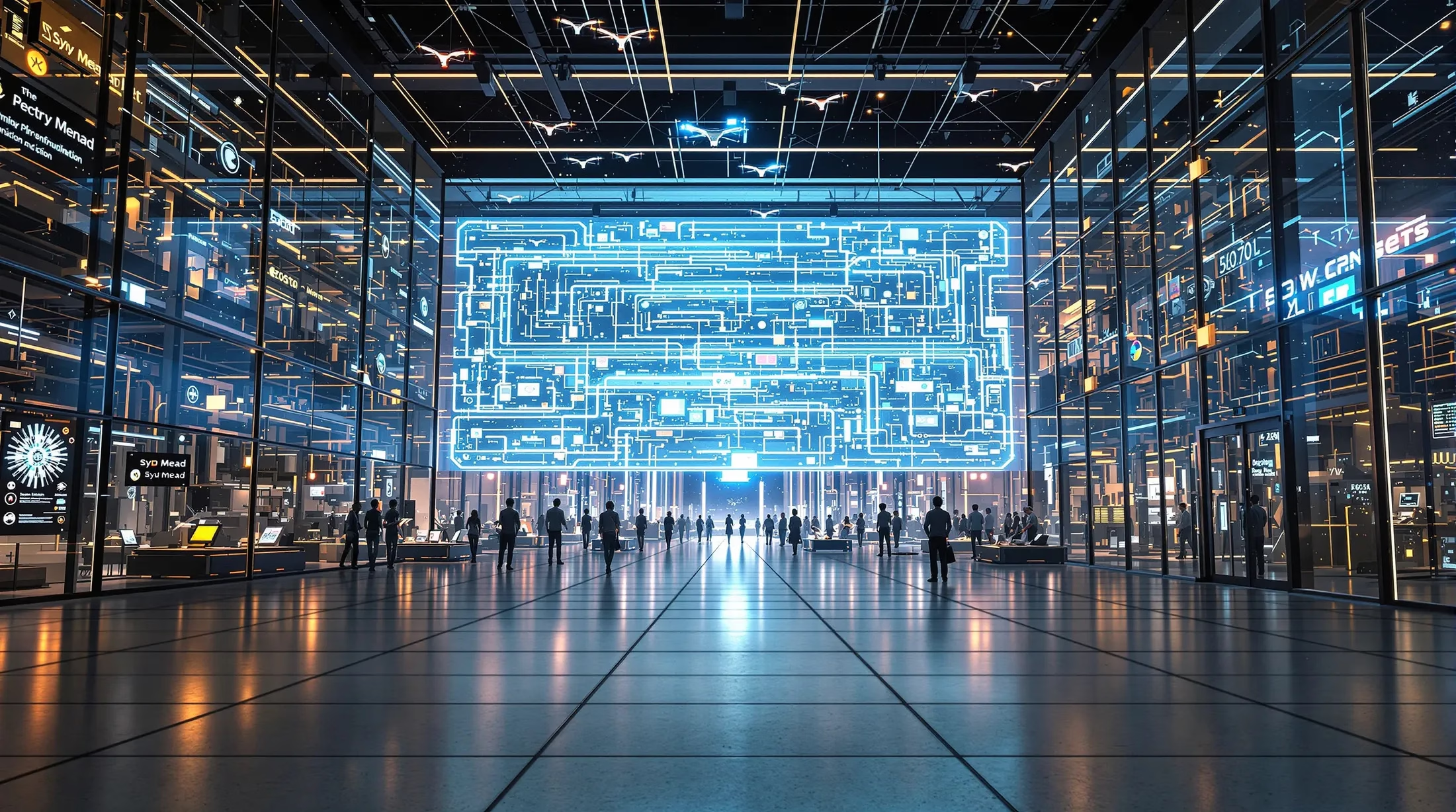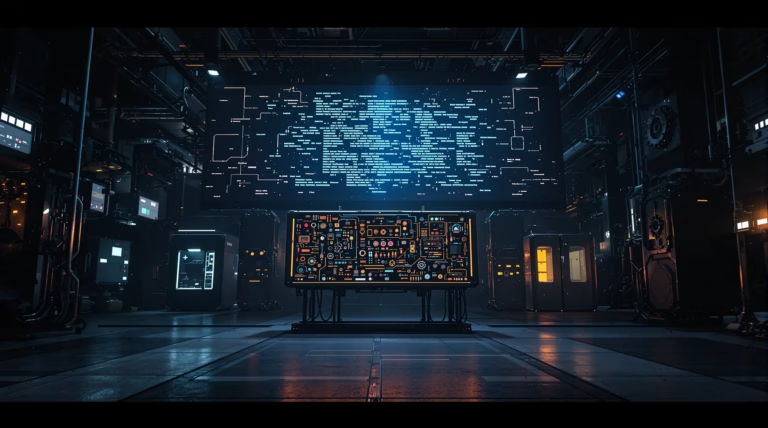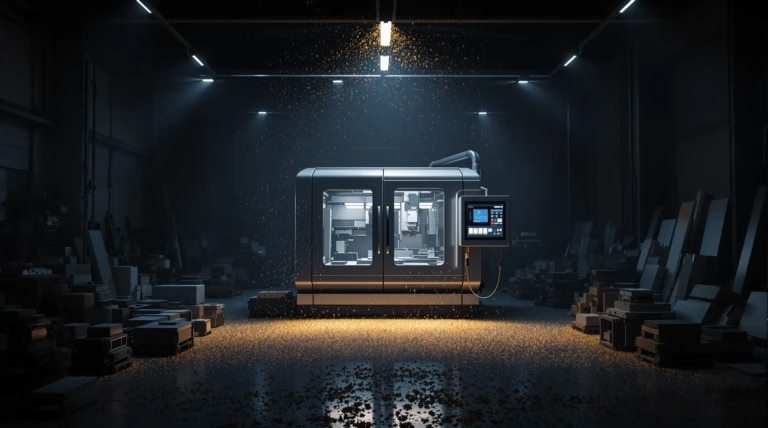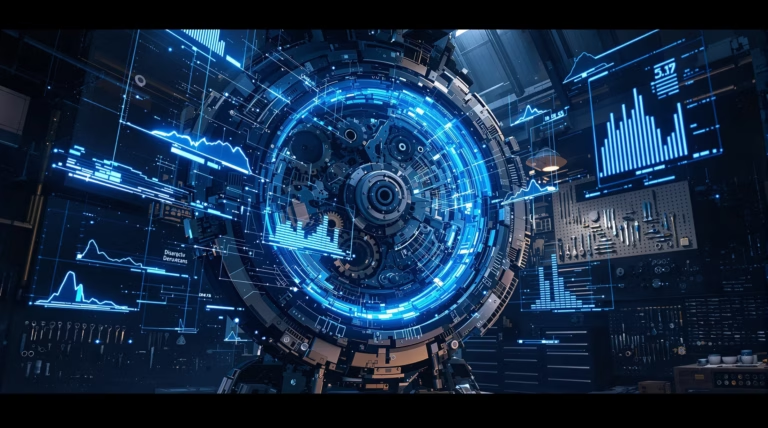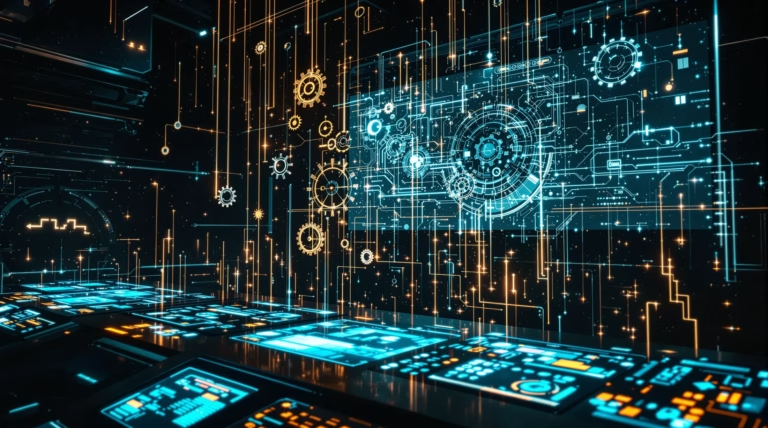Smart Factory: Revolutionizing the Future of Manufacturing
Step into the revolutionary world of manufacturing where automation meets intelligence. Smart factories are transforming traditional production methods into highly efficient, data-driven operations that define the future of industry. Let’s explore how these technological marvels are reshaping manufacturing landscapes worldwide.
Understanding the Smart Factory Concept
The Smart Factory concept represents a fundamental shift in manufacturing, embodying the principles of Industry 4.0 and digital transformation. These highly digitized manufacturing environments feature interconnected processes, automated systems, and real-time analytics capabilities that enable autonomous decision-making, predictive maintenance, and adaptive production without human intervention.
Deloitte’s Smart Factory in Wichita exemplifies this revolutionary approach, serving as an experience center where visitors can witness comprehensive digital transformations in manufacturing processes firsthand. This immersive environment bridges the gap between theoretical concepts and practical applications, demonstrating the tangible benefits of embracing digital transformation in manufacturing operations.
Defining Smart Factories and Their Role in Industry 4.0
Smart factories stand at the forefront of Industry 4.0, marking a transformation as significant as the introduction of steam power and assembly lines in previous industrial revolutions. These facilities integrate cyber-physical systems where physical production seamlessly connects with digital technologies, creating an ecosystem of continuous communication between machines, products, and humans.
- Seamless integration of physical and digital systems
- Real-time communication between all components
- Enhanced efficiency through digital transformation
- Creation of new value streams in manufacturing
- Improved competitiveness through innovation
Key Technologies Driving Smart Factories
The technological foundation of smart factories combines several cutting-edge innovations working in harmony:
| Technology | Function |
|---|---|
| Industrial Internet of Things (IIoT) | Acts as the nervous system, collecting operational data through embedded sensors |
| Artificial Intelligence | Serves as the brain, analyzing data and enabling predictive maintenance |
| Machine Learning | Identifies patterns and continuously improves processes |
| Cloud Computing | Provides infrastructure for data processing and storage |
| Robotics | Executes physical tasks with precision and consistency |
Technological Components of Smart Factories
Smart factories operate on an integrated ecosystem of advanced technologies, built upon modern database infrastructure and robust ERP systems. This foundation manages vast data volumes while enabling real-time analytics and decision-making capabilities. The implementation of IIoT creates an interconnected network of devices, bridging the gap between information technology and operational technology.
The Role of Digital Twins in Manufacturing
Digital twins represent a revolutionary advancement in manufacturing technology, creating virtual replicas of physical assets and processes. These sophisticated models receive real-time data through sensors and connected devices, enabling:
- Real-time performance monitoring and analysis
- Predictive maintenance scheduling
- Virtual process optimization
- Reduced development costs through virtual prototyping
- Enhanced operational efficiency through continuous refinement
Augmented Reality: Enhancing Factory Operations
Augmented reality (AR) is revolutionizing factory operations by creating an enhanced working environment where digital information overlays the physical world. Workers equipped with AR wearables can access vital information hands-free, viewing superimposed instructions, diagrams, and real-time data while performing complex tasks.
- Hands-free access to critical information through smart glasses
- Real-time visualization of machine schematics and repair histories
- Step-by-step visual guidance for maintenance procedures
- Enhanced quality control through visual inspection aids
- Remote expert collaboration capabilities
Maintenance technicians particularly benefit from AR implementation, gaining immediate access to technical documentation without workflow interruption. Using devices like Google Glass, technicians receive visual guidance highlighting specific components requiring attention, dramatically improving repair efficiency and first-time fix rates. The technology’s integration with digital twins and AI systems continues to amplify its impact on operational effectiveness.
Cloud Computing and Data Management
| Component | Function |
|---|---|
| Cloud Infrastructure | Processes and stores massive volumes of operational data |
| AI Algorithms | Analyzes data patterns and optimizes operations |
| ERP Systems | Manages real-time visibility across factory operations |
| Analytics Tools | Transforms raw data into actionable intelligence |
Cloud computing provides the scalable infrastructure essential for smart factories, enabling sophisticated AI implementations and machine learning models. Through platforms like Autodesk Fusion Operations, manufacturers can track and analyze shop floor activities wirelessly, identifying optimization opportunities. Advanced ERP systems integrated with modern database architectures create a comprehensive data ecosystem, facilitating real-time visibility and secure information sharing across the supply chain.
Benefits and Challenges of Implementing Smart Factories
Smart factory implementation delivers transformative benefits, with Deloitte’s 2019 study reporting up to 12% increases in manufacturing output and labor productivity. These advanced environments enable proactive issue identification, minimize downtime through predictive analytics, and create unprecedented production flexibility.
- Significant boost in manufacturing output
- Enhanced labor productivity
- Reduced time-to-market for new products
- Improved product quality
- Enhanced workforce safety
- Greater operational flexibility
Enhancing Efficiency with Predictive Maintenance
Predictive maintenance represents a cornerstone of smart factory technology, fundamentally transforming equipment reliability management. Through machine learning algorithms and real-time sensor data, manufacturers can detect subtle equipment changes before failures occur, addressing the $50 billion annual cost of unplanned downtime.
| Impact Area | Improvement Range |
|---|---|
| Maintenance Costs | 10-40% reduction |
| Equipment Downtime | 30-50% decrease |
| Equipment Lifetime | 20-40% extension |
Overcoming Challenges: Costs and Cybersecurity
The transition to smart factory operations presents significant implementation challenges, with initial investment costs being a primary concern. Beyond hardware investments in sensors and automated systems, organizations must consider:
- Network infrastructure development costs
- Software platform licensing and maintenance
- Integration services and consulting fees
- Technical expertise acquisition and training
- System maintenance and updates
For small and medium-sized manufacturers, these substantial upfront expenditures often necessitate a phased implementation approach, prioritizing high-ROI applications that can fund future expansions.
| Security Challenge | Mitigation Strategy |
|---|---|
| Data Breaches | Blockchain-based access control systems |
| System Vulnerabilities | Network segmentation and monitoring |
| Equipment Sabotage | Continuous security monitoring systems |
| Overall Security | Regular security audits and assessments |
The Future of Smart Factories: Trends and Innovations
Modern smart factories leverage interconnected sensor networks to collect, transmit, and analyze vast operational data streams through cloud computing platforms. These cyber-physical systems create environments where machines, processes, and human workers operate within a seamlessly connected ecosystem, driving unprecedented levels of productivity and efficiency.
Looking forward, smart factories are addressing critical manufacturing challenges through the convergence of AI, machine learning, and advanced robotics. This evolution represents a fundamental shift from traditional mass production toward highly flexible, responsive systems capable of meeting dynamic market demands while reducing environmental impact.
Industry 5.0: The Next Evolution in Manufacturing
While Industry 4.0 emphasized connectivity and automation, Industry 5.0 introduces a vital new dimension: the strategic integration of human creativity with advanced technological systems. This evolution recognizes that breakthrough innovation emerges from combining human cognitive flexibility and ethical judgment with machine precision and computational power.
- Implementation of collaborative robots (cobots) working alongside humans
- Integration of extended reality technologies for intuitive machine interaction
- Enhanced decision-making through human-machine collaboration
- Creation of more fulfilling work environments
- Balance of economic efficiency with human-centered values
Sustainability and Smart Manufacturing
Smart factories are revolutionizing manufacturing sustainability through advanced technologies that minimize environmental impact while maintaining competitiveness. AI-powered systems analyze real-time energy consumption patterns, automatically optimizing equipment settings to reduce waste. Digital twins enable virtual process optimization before physical implementation, significantly reducing material waste during production.
| Sustainability Feature | Environmental Impact |
|---|---|
| Energy Management Systems | Real-time consumption optimization |
| Resource Tracking | Enhanced material recovery and reuse |
| Digital Twin Simulation | Reduced waste in process development |
| Data Analytics | Improved environmental compliance tracking |

